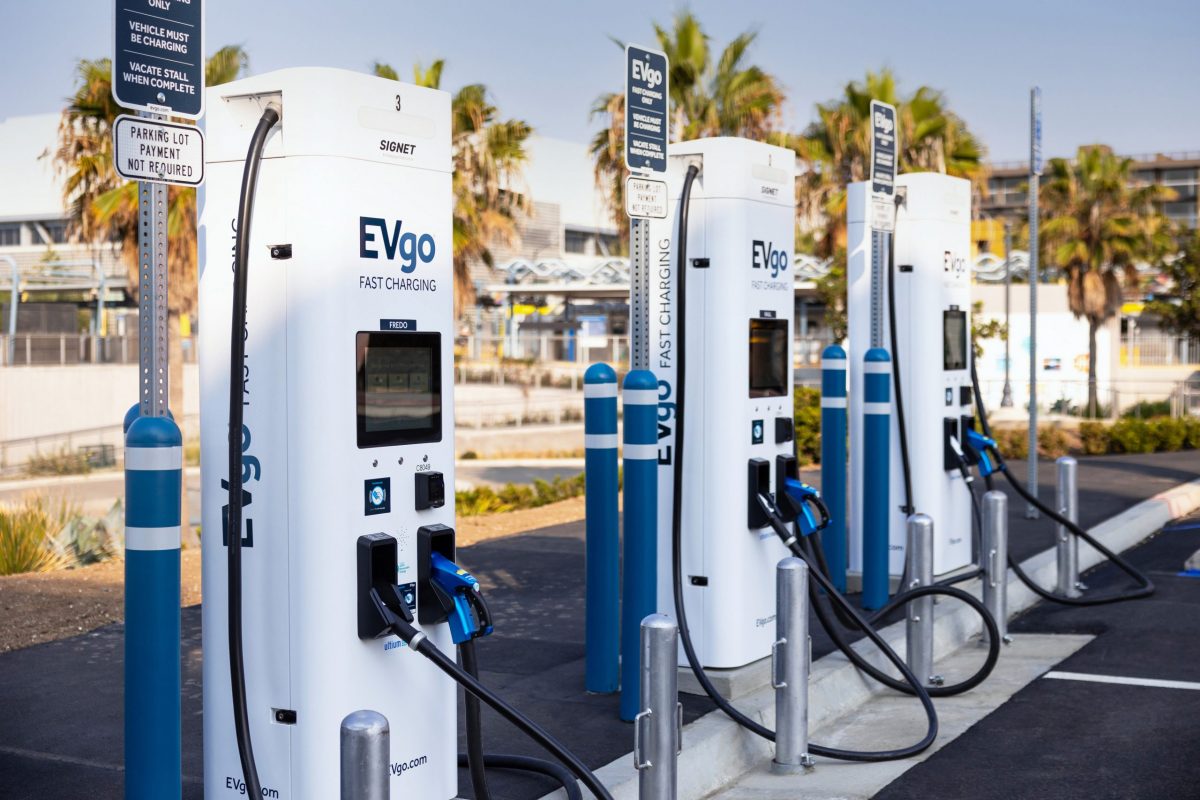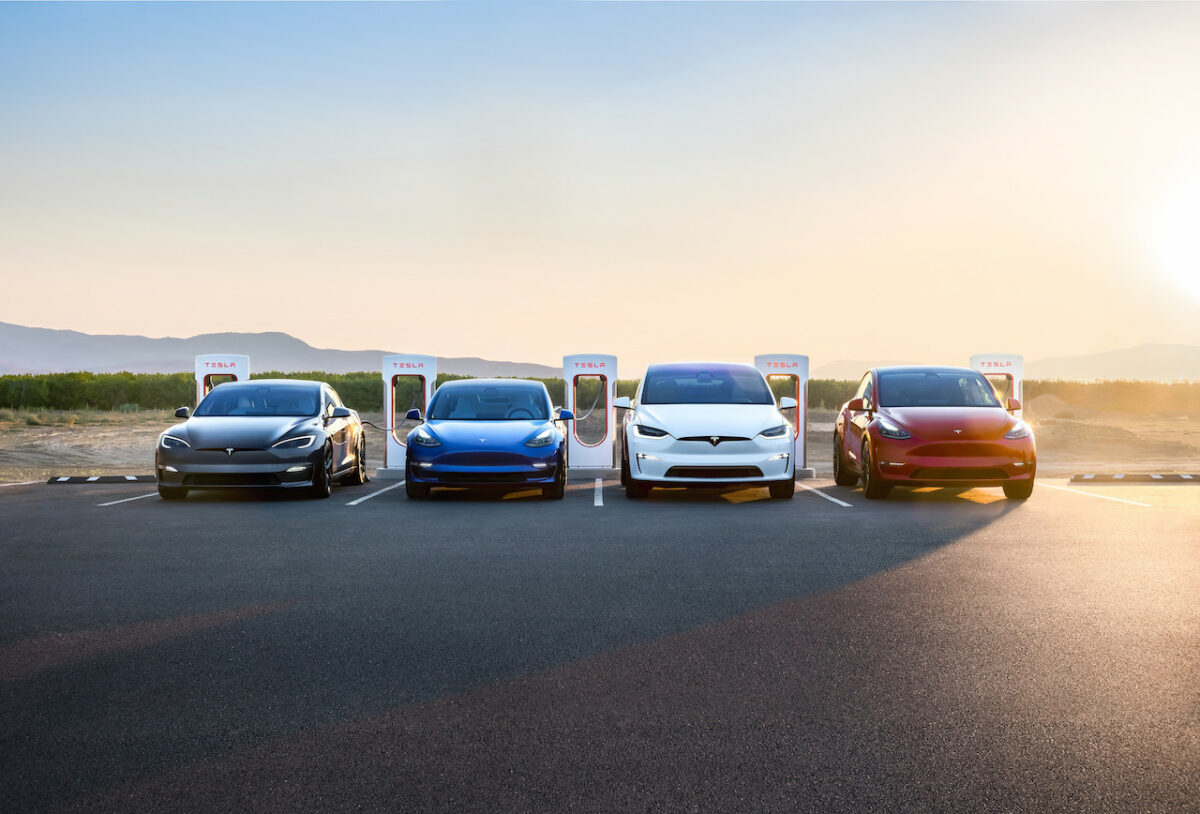The strategic advantage for BYD
The average new car buyer outside China has never heard of BYD, but in the space of ten years this company could be defining itself as the OEM of the new era. It could join the ranks of Ford, Volkswagen and Toyota as a company that changed the face of an entire industry – or it could disappear into oblivion.
Unlike virtually any other OEM, BYD has the unique strategic advantage of core competence and production capacity in both lithium-ion batteries (and other battery chemistries) and in vehicle assembly. The difficult task for an outside observer is to understand the true potential of the company, whose Chairman claimed recently that it would be the leader in China by 2015, and in the world by 2025, by which time it is intended to have 40 plants outside China.
The potential
If nothing else, many have taken as an indicator of future potential the decision by Warren Buffet and his acclaimed investment vehicle Berkshire Hathaway to invest HK$1.8bn (US$230m) in acquiring 10% of BYD shares in September 2008. Since then, the value of the shares has risen dramatically.
BYD could join the ranks of Ford, Volkswagen and Toyota as a company that changed the face of an entire industry – or it could disappear into oblivion.
As of 2008, the last full year for which data are currently available, BYD had four main areas of business:
- cell phones and components (turnover US$1.7bn);
- vehicles (US$1.3bn);
- batteries (US$0.9bn);
- and other activities (US$0.3bn).
It was the rapid growth rate that attracted Buffet, with turnover rising from less than US$1bn in 2005 to almost US$4bn in 2008. The company claims to have about 65% of the global market in NiCad batteries, and 30% of the global market in Li-Ion batteries for mobile phones.
BYD has taken the headlines also with an aggressive new product strategy that along with more ‘traditional’ vehicles also encompasses hybrid models such as the F3DM, and the all-electric E6. The claims made for the E6 are startling: despite being a full five-seat car it is said to have a range of 250 miles (400km) and can be half-charged in just ten minutes. Prices being discussed for this model in the US market are in the range of US$30,000 to US$40,000.
The need for caution
Many in the automotive industry will remember the case history of Daewoo, which over a period of around ten years came from nowhere via an aggressive expansion policy to invest in new production facilities in Eastern Europe and elsewhere. Eventually the company imploded as the strain on cash flow was insupportable as soon as sales growth slowed down. It is a story BYD could easily repeat.
The claims made for the E6 are startling: despite being a full five-seat car it is said to have a range of 250 miles (400km) and can be half-charged in just ten minutes.
More prosaically, BYD has not enjoyed a particularly successful 2009. The electric vehicles have not sold particularly well and 2009 sales in China are estimated at just 450,000. While a significant improvement on 2008, this is far short of the claimed target of 800,000 for 2010 and considerably less than the share claimed by Hyundai with a reported 573,000 units.
The pricing and marketing strategies for the electric and hybrid models are uncertain, the battery technology unproven, and the brand is unknown in most key markets. Meanwhile, manufacturing in BYD plants in China is reliant on low-cost and compliant workers: not a system that can readily be transplanted to other locations.
The story might yet become an investor’s nightmare.
Dr Peter Wells is a Reader at Cardiff Business School, where he is a Co-Director of the Centre for Automotive Industry Research and leads the automotive industry research programme within BRASS, also in Cardiff University. Dr Wells is also a director of AutomotiveWorld.com’s sister website AWPresenter.com. He can be contacted on wellspe@cardiff.ac.uk.
The opinions expressed here are those of the author and do not necessarily reflect the positions of Automotive World Ltd.



